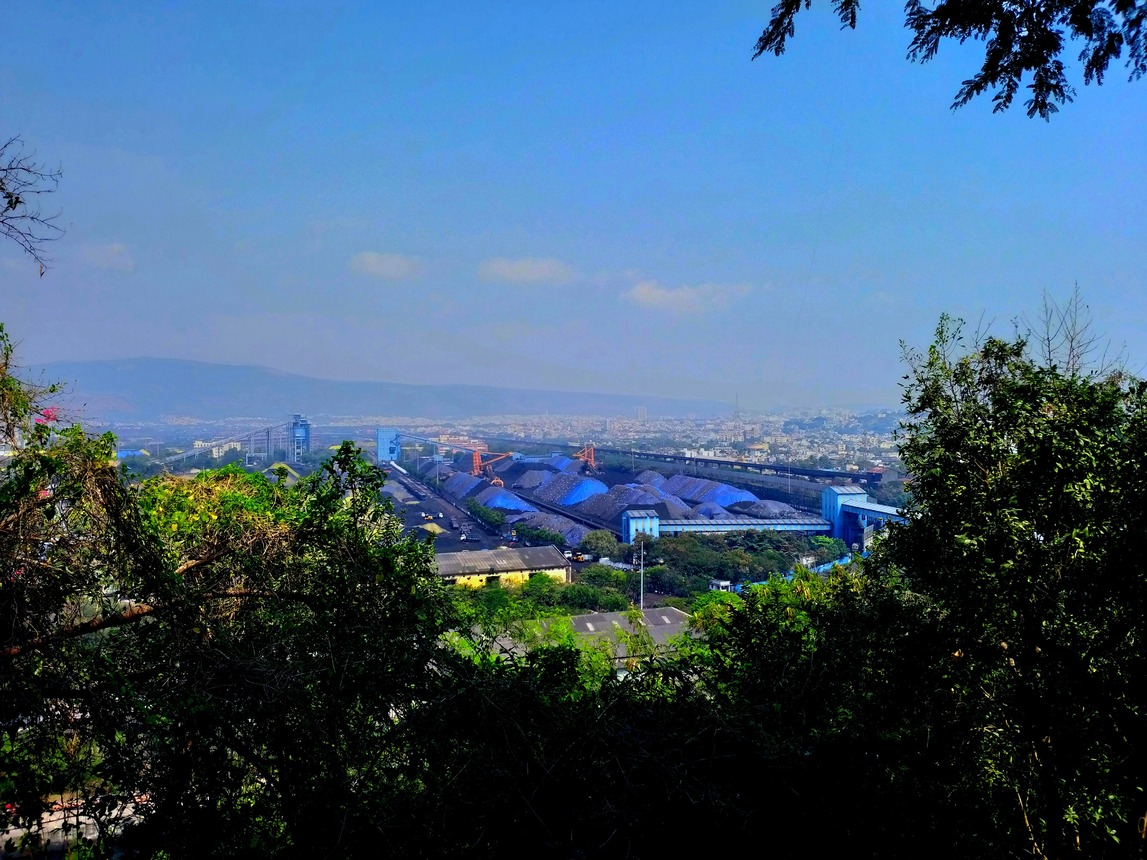Anyone who has worked with or invested in commercial real estate knows that zoning laws are always a factor to consider in the decision-making process of purchasing a property. Although they are both types of commercial real estate, there are a number of differences between commercial or retail zoning laws and industrial land zoning.
Commercial investors who want to purchase land and develop it might run into problems if the property is zoned for industrial use or if it is near an industrial area. That’s why you will usually find industrial properties in their own separate districts. If an industrial investor wants to build or expand in an area that has zoning restrictions for retail or commercial use, they will likely have a tough time.
Industrial Land
Industrial real estate is a type of property that encompasses all land and buildings which support industrial activities. These activities can include production, manufacturing, assembly, warehousing, research, storage, and distribution.
Most cities have specific areas that are designated for industrial properties; these areas are usually shown on a zoning map. The purpose of these designated areas is to keep the industrial activity from disrupting businesses or residencies that are located nearby.
Zoning ordinances can get very specific when it comes to defining where certain industrial activities can and can’t take place. Because the industrial sector is so broad, it’s important to understand the different types of properties that fall under this category before making any investment decisions. Each type of industrial property carries its own risks and rewards, so be sure to do your research before deciding which one is right for you.
Types of Industrial Land
Storage and distribution properties are just like their names say – buildings where products are stored and shipped off to the person who will be using them.
There are three types of storage and distribution spaces: distribution warehouses, general warehouses, and truck terminals. The size of these buildings can differ, but they typically have 80% of their square footage for storage space, with 20% or less dedicated to office space.
A facility designated for manufacturing is usually less than 20 percent office space, with loading docks for trucks and clear heights of at least 10 feet. There are two types of manufacturing buildings: heavy manufacturing and light assembly.
Heavy manufacturing properties are usually large, often with hundreds of thousands of square feet. They contain equipment that is heavy-duty, three-phase electricity and a lot of loading dock space.
On the other hand, light assembly properties are smaller, simpler, and easier to move into because the interior of the building is easy to reconfigure. Equipment in this type of industrial building is typically lighter and more portable because the parts being assembled are smaller than those made in a heavy manufacturing plant.
Flex properties are designed to serve multiple purposes, such as office space, research and development, data centers, and showrooms. These buildings often have more square footage dedicated to office space than other types of buildings, making them a versatile option for businesses.
Commercial Land
Commercial property is any real estate that is used for business purposes. This can include office buildings, warehouses, retail storefronts, and even vacant land that has the potential to generate income. Commercial properties are typically larger and more expensive than residential properties, but they can also be a great investment.
Types of Commercial Land
There are generally two types of office buildings: urban and suburban. You’ll find urban office buildings in cities, and they come in the form of skyscrapers or high-rise properties. Some of these buildings can be quite massive, taking up a few million square feet. Suburban office buildings, on the other hand, are usually smaller and may be grouped together in an office park.
The retail sector is the part of the economy that comprises the businesses that sell products and services to consumers. Retailers can be either standalone businesses or part of a larger chain, and they can sell goods either in-person or online. The retail sector is complex, as the type of store is dictated by many factors, including the size, concept, types, and number of tenants, and trade area.
The hotel industry involves establishments that provide various services for travelers, such as accommodations, meals, and other activities. Hotels can be independent establishments (boutique hotels) or part of a hotel chain (such as Shangri-La or Sheraton).
Zoning
The zoning of a piece of real estate is important whether you are buying, selling, or participating in another transaction involving the property. This is especially true for commercial real estate, where the land can only be used for certain purposes.
Many people mistakenly believe that industrial and commercial zoning is the same, but they are actually quite different. Industrial zoning usually involves manufacturing or production, while commercial zoning typically encompasses office buildings, retail stores, and other businesses.
Commercially zoned areas are usually set aside for businesses that have regular contact with the public, like offices, stores, restaurants, and bars. But commercial zoning can also include hotels and apartment complexes.
The latter can be confusing for some because people live there, but it’s the fact that the apartment complex is a business that makes it commercial. Important factors in commercial zoning include how much parking is available and whether the establishment is near any religious buildings or schools.
Industrial zoning is most commonly used for businesses that involve manufacturing or packaging. Some common buildings in these areas include storage facilities, plants, and airports. When it comes to industrial zoning, concerns include how much noise the establishment will produce, any environmental concerns for the surrounding area, and how much land the buildings will take up.
Key Takeaway
Industrial land generally refers to land and buildings that support industrial activities such as production, manufacturing, and distribution. Meanwhile, the commercial property encompasses any real estate used for business purposes with the potential to generate income.
